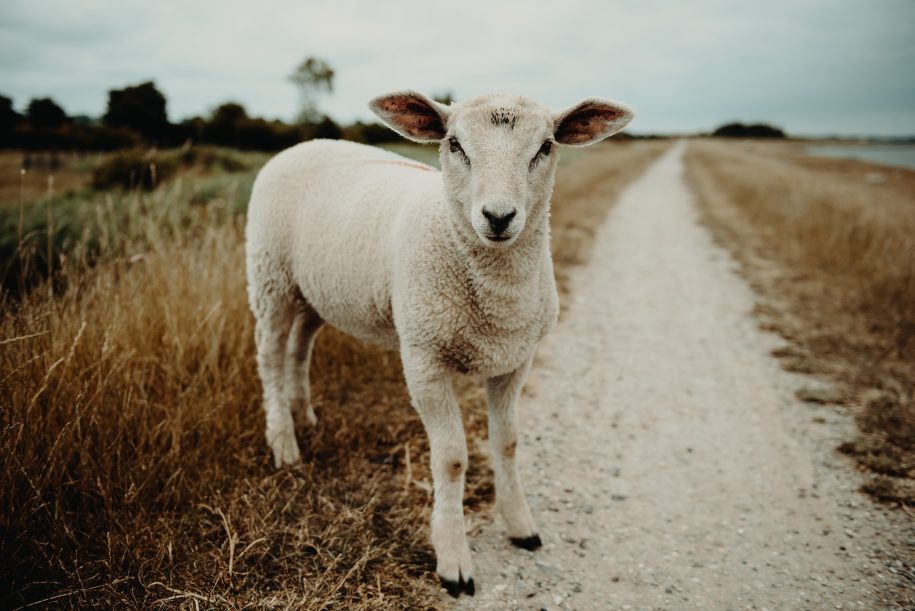Eid al-Adha is by far the most significant festival for Muslims worldwide. It takes place two lunar months after Ramadan. Eid al-Adha is referred to by a confusing variety of names. Eid el-Kbir, also known as “Eid el-Kbeer,” “Aid al-Kébir,” and various spelling variants, is incredibly widespread. It means “The Big Holiday” in English. La fête du mouton (“sheep festival”) is very popular among francophiles.
The significance of Eid al-Adha (Eid el-Kabir)
In Islam, Eid al-Adha commemorates Abraham’s readiness to offer his son Ismael as a sacrifice to God. This is comparable to the Old Testament account of Abraham. However, Isaac is the one who is offered as a sacrifice in the Old Testament. Though In reality, Eid al-Adha nowadays is more like a prolonged Thanksgiving, complete with loads of food!
How is Eid al-Adha celebrated?
Sheep are all around in the days before Eid al-Adha. They graze in the backyard of your neighbor as well as in the fields. They are crammed into pickup vehicles’ beds. Their fathers attach them to the scooter’s grips. They scream out from balconies and roofs. And down on the street, they may either lead their family sheep about like a dog or ride it like a horse.
The first day of Eid al-Adha is marked by the sheep sacrifice. This is why it is referred to as the “sheep festival.” Not for the weak of heart, today. Butchers prowl the streets, barging into houses brandishing long blades and aprons covered with blood. They visit every home in the area to butcher every sheep in a halal manner. Sheep heads are burnt in outside barrels that may be seen on almost every street corner later in the day. The air is thick with the odor of burnt flesh and burning wool.
This is standard procedure. Practically every square inch of the sheep is utilised during Eid al-Adha.
Traditionally, the ladies clean the dead animal at home. After washing, unique festival meals are prepared utilizing the various sheep parts and spice mixtures. Whenever there is a need to butcher a sheep, these meals are often only prepared once or twice a year. Families commonly donate a third of their flocks to less fortunate families as a form of charity.
The Eid al-Adha Special Meals for Every Day
Day 1: Kebda charmoula and/or boul fev are served as the first meal of Eid al-Adha. These meals make advantage of a specific layer of sheep fat that is located around the stomach. The meat is first marinated in a mixture of paprika, cumin, garlic, parsley, and coriander before being grilled. Later that evening, laa’lawa or kersha are prepared using various organs and intestines. These are little snacks that are seasoned similarly to kebda charmoula.
Day 2: A substantial meal of enormous couscous is provided. Typically, the sheep’s head and/or hooves are buried in the couscous. Sheep’s cheeks and eyes are prized as delicacy. For dinner, a light soup called shorba is made with onion and vermicelli using the kidneys and, occasionally, the testicles.
Day 3: The majority of Moroccans like mhammar, a particular lamb chop preparation. They are first covered in smen (rancid butter). They are then marinated in olive oil, cumin, turmeric, coriander seeds, garlic, salt, and pepper. Finally, they are boiled and baked after being seared in olive oil. The third-day specialty meal mrrozeya is another. This specific tajine is fashioned from a sheep’s neck. Ras-al-hanoot, ginger, pepper, turmeric, garlic, and onion are all used to slowly cook the meat. Honey or sugar, together with raisins and almonds, are added before the meat has finished cooking.
The Pros and Cons of Traveling Morocco During Eid al-Adha
The Benefits
One of the happiest, noisiest, and most welcoming occasions to travel to Morocco is around Eid al-Adha. It makes sense that they refer to Eid el-Kbir as “The Big Holiday.” Every dinner is an extravagant, delectable occasion. After a protracted year apart, families reconcile, friends join together, and there is loud celebration going on all around you. It will be a wonderful experience and a memory you’ll treasure for a lifetime if you’re fortunate enough to celebrate Eid al-Adha with a family, even only for one meal.
Eid al-Adha might be a godsend for those trying to avoid the crowds because so many Moroccans spend the holidays at home with their families. It is a good time to explore beaches, national parks, and wildlife reserves that might otherwise be congested.
The Cons
Be prepared for heavy traffic and clogged roads in the days leading up to and following the holiday. Families congest the roads and train carriages as they travel back and forth throughout the nation. Almost everything is closed on this day, including the majority of city buses. Taxi drivers are in high demand.
It’s normally recommended to stay in large cities like Casablanca, Fez, Marrakesh, Rabat, or Tangier if you’re not staying with a family or traveling somewhere more remote. The best chances of finding hotels and restaurants open and geared toward tourists are in cities.
Eid el-Kbir is often a time of immense delight. Families and friends gather, frequently traveling from abroad. There are happy faces everywhere. And for visitors, it’s a thrilling opportunity to catch a glimpse of a particular season, to see Morocco’s more traditional cultural features, and to have an unforgettable experience.


Leave a Reply